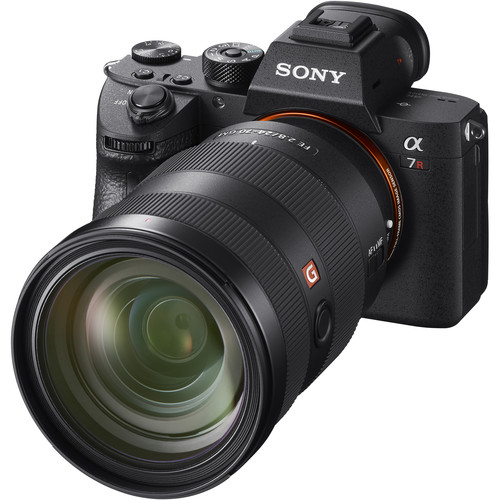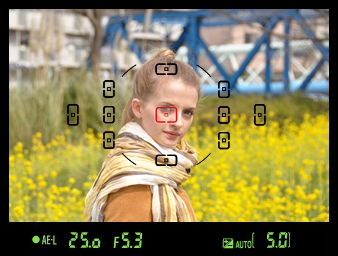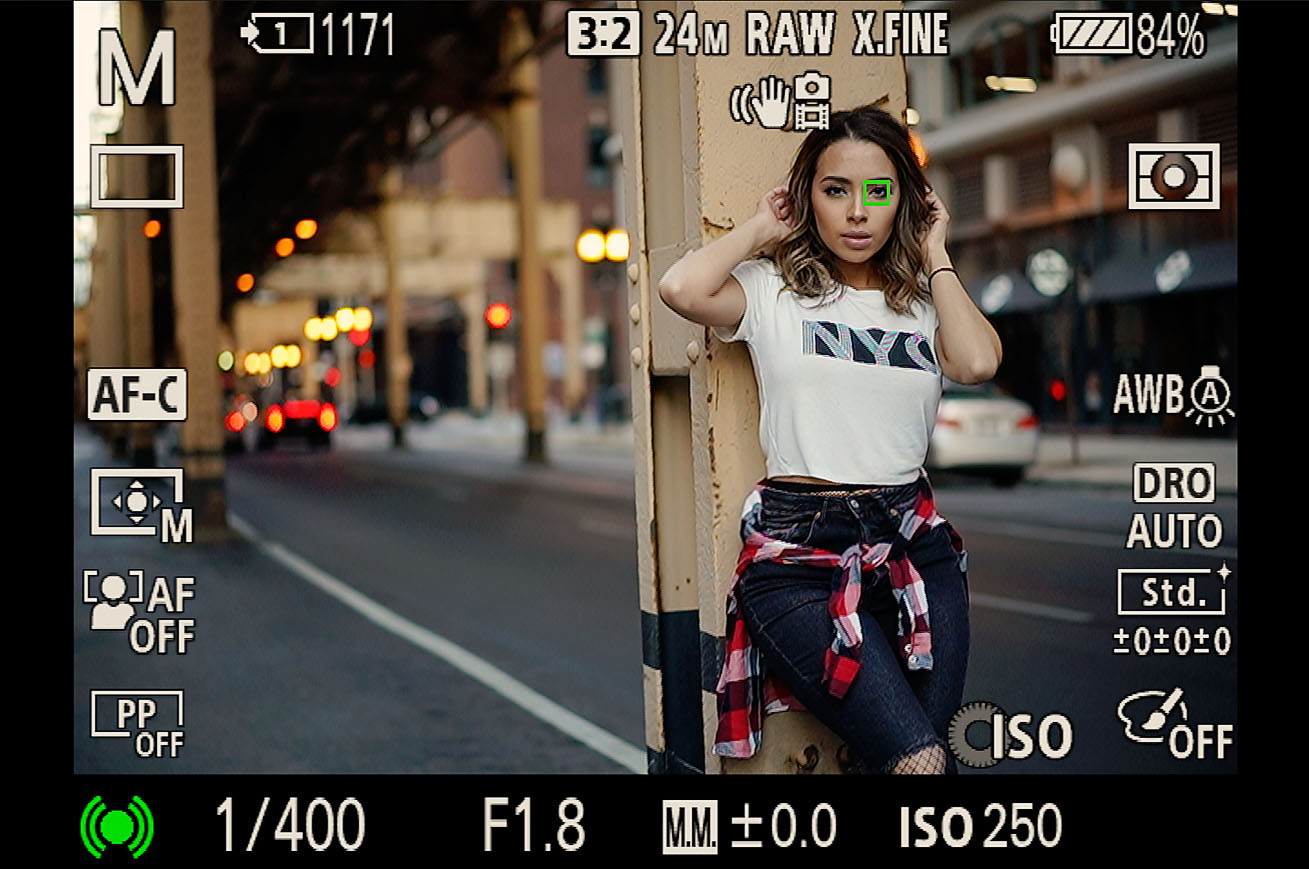Why I Shoot Sony

At the risk of appearing to be one of those gear-obsessed photographers who enjoys playing with cameras more than making photographs, I’m going to take this one post to talk about why I switched to Sony and why I don’t regret it at all.
This isn’t going to be an thoroughly researched analysis of the photography equipment landscape; if you’re interested in something like that you may be better off reading PetaPixel or DPreview. Rather, I think it’s useful to hear why a photographer chooses a particular kit, and I also think this is a convenient moment in time to talk about why I gave up a full DSLR setup to switch to mirrorless.
I’ll also try to convince you to switch to mirrorless, too.
So if any of that sounds interesting, here we go.
First of all, in case you missed the memo, mirrorless is the future. You may disagree with it, but in about five years from now we’ll all be shooting mirrorless cameras, so just prepare yourself for that. But it’s not all bad, you know, there are tons of advantages to mirrorless cameras, and I’ll talk a little bit about those later on.
So why do I think that mirrorless is the future? Well, first, the market says so: Sony sold more full-frame cameras in the US than any other maker in the first half of 2018 (in dollars and units sold), and has held the number one position on sales of mirrorless cameras period for six years. The popularity of Sony’s Alpha series of cameras against even the respected and capable Canon and Nikon is very telling.
At the same moment that Sony is showing up to Photokina (the largest photography trade show) with essentially nothing new to announce (just a few new lenses, which is the Photokina equivalent of no news) as if to say “our work here is done,” Canon and Nikon are parading around their brand new mirrorless bodies, the EOS-R and Z7, respectively.
These are pretty good indications of where the market is headed, whether anyone likes it or not, but I will say that from where I’m sitting I like it a lot.
I sold off all of my Canon gear and switched to a Sony mirrorless camera a few years ago, but I can’t say that I did it based on a calculated market analysis or even any external signals at all. My motivation was simple: I wanted to stop carrying around 15+ pounds of metal and glass.
I shed all that Canon equipment and bought the Sony NEX-7; such a tiny little camera, it boggled my mind that it could take such fabulous pictures. I used it very seriously for a couple of years through many adventures (including my second trip to Yellowstone), eventually stepped up to the Alpha a7 II, and finally the Alpha a7R III.
So what’s the big deal? Why mirrorless? Why Sony? Why should you think about selling that DSLR that has performed so well for you for so long?
The main reason that I love mirrorless is the same reason I was leery of it at first: the electronic viewfinder. The electronic viewfinder, or EVF, is just the small LCD screen inside the eyepiece that you are looking at instead of a prism and mirror combination.
Early on, EVFs weren’t that great. Resolution was poor and a low refresh rate meant that everything felt more artificial and distant when composing your shot. Nowadays, though, EVFs are nearly indistinguishable from an optical image. The EVF in the a7R III is 3.6 million dots, or 3.6 megapixels if you prefer. The new EOS-R and Z7 both sport 3.7 megapixel EVFs, which is the best you can get right now save for this crazy Leica SL “Typ 601” that has a whopping 4.4 megapixel EVF.
My point is, an optical viewfinder (or OVF) is not really giving you any more image data than an EVF does in today’s world. But the real killer feature of the EVF is not that “it’s as good as a mirror,” it’s that an EVF is a full LCD screen.

When you look through an OVF, you can see focus points light up, and you generally get readouts on your basic settings (shutter speed, aperture, exposure value, and sometimes ISO or a couple other things). The way focus points are lit up is through actual trickery of lights and glass and whatnot and those elements that illuminate are fixed, they’re built into the optical system.
With an EVF, well, it’s a screen, it can display whatever you want. You can see more settings, more overlayed data. Histograms, focus peaking, composition grids, or even a level for making sure your shot is perfectly horizontal. On top of the overlayed data, you can also see a representation of what your image will look like given your current exposure settings, and now we’re getting into the true value of this system.

No longer do you need to learn to read the tea leaves of the light meter and EV scale and then chimp endlessly, swapping from viewfinder to back display to make sure you got the right exposure. Just hold the shutter button halfway down and bam, right there in the viewfinder, you will see what it’s going to look like. Not sure if that one bright area of the sky is overexposed? No problem, turn on “zebra lines” and there’s no missing it.
After shooting mirrorless for years, I’ve gotten so used to this wealth of data flowing into my eyeballs that I don’t think I could ever go back to that simple mirror and prism setup.
Of course, there is an element of romance that is ripped away when you add more electronics and more complexity to a thing, and I can understand that. I mean, I have friends who shoot film, and for some, nothing can replace that authentic feeling. But my goal is to capture the image that I see in my mind and I want to use the tools that help me to get there as easily and painlessly as possible, so it’s less about the experience of shooting and more about the final product that drives my equipment decisions.
If you ask me, mirrorless is simply the best option available today for realizing your creative goals. It gives you, the creator, the most direct view of how the thing that you are seeing with your eyes will be converted into the image that you can ultimately share.
So that’s why I shoot Sony. Maybe in a few years, Canon and Nikon will catch up. Some say Fuji is already ahead in a couple different ways, and those arguments are very credible. I may change systems again when the time is right, but for my money, Sony is the way to go right now and probably will be for the next few years.
Got questions? Criticisms? Did I miss something? Leave a comment below!
 Single-Serving Photo
Single-Serving Photo
Comments